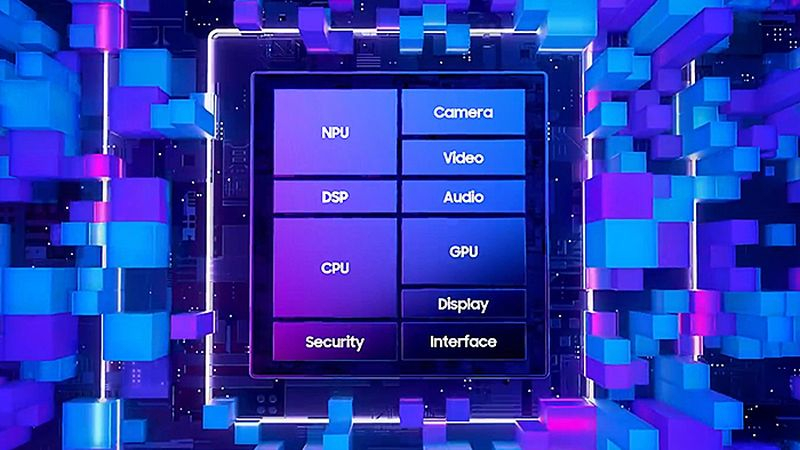Although the South Korean giant Samsung Electronics showed an increase in operating profit in the third quarter by almost four times to $6.66 billion, it decreased sequentially by more than 11%. In the semiconductor segment, Samsung’s operating profit fell sequentially by almost 40% to $2.83 billion, significantly less than the $4.9 billion expected.

Image Source: Samsung Electronics
«The trends in demand that were observed in the previous quarter will continue,” representatives of Samsung Electronics explained, commenting on expectations for the fourth quarter. The company’s semiconductor revenues were hit in the third quarter by one-time employee benefits and currency fluctuations. Tellingly, in the current market conditions, rival SK hynix was able to achieve a record operating profit of $5 billion, and TSMC pleased investors with its financial performance in the third quarter.
According to analysts cited by Reuters, Samsung’s logic components business widened its losses in the third quarter. As noted earlier, the company refused to accept lithography equipment from ASML intended for Samsung’s new contract manufacturing facility under construction in Texas for logic components. As noted above, Samsung’s operating profit in the semiconductor segment decreased sequentially by 40% to $2.83 billion. And although this is better than last year’s losses, it still could not reach the expected $4.9 billion.
In the mobile segment, Samsung’s sales of memory chips were also not going well. The company’s operating profit in this area decreased by 15% year-on-year to $2 billion. According to company representatives, customers are still “digesting” their existing stocks of mobile components. The efforts of Chinese competitors to increase production volumes of chips using mature lithographic technologies are also causing some concern among Samsung management. For Samsung itself, capital expenditures in the semiconductor sector this year should reach $34.7 billion.
By the way, in terms of net profit, which amounted to more than $7 billion, Samsung exceeded analysts’ expectations. It grew due to the sale of smartphones and wearable devices. A few weeks before the publication of the quarterly report, Samsung management was forced to admit that the company did not receive a certificate of conformity for 12-layer HBM3E memory from a large client in the third quarter, as it had originally expected. This client is clearly Nvidia, which so far receives the bulk of the HBM3E chips it needs from SK hynix, although the American Micron Technology has also joined in the supply. SK hynix is ready to begin shipping 12-layer HBM3E chips in the fourth quarter.
Samsung’s total revenue in the third quarter increased by 7% sequentially to $57.4 billion. This, according to the company, was facilitated by the entry of new smartphone models into the market and an increase in supplies of more expensive memory. Samsung is betting on the AI segment in the current quarter, but memory demand in the mobile and PC markets will be weak, according to management forecasts. In the contract segment, Samsung hopes to increase order volumes by introducing more advanced lithography into production. In the display market, Samsung, although it is counting on demand for its panels, has no big illusions in monetary terms. But in 2025, Samsung hopes to increase demand for smartphones due to likely reductions in money market rates, as well as the development of an ecosystem of devices with artificial intelligence.
Next year, Samsung expects to establish mass production of 2nm chips and thereby attract new customers to its core services. Customers have already been provided with the tools to develop 2nm chips with gate-ambient array (GAA) transistor structures. Last quarter, Samsung increased revenue from sales of memory types HBM, DDR5 and in the server SSD segment. In addition to one-time payments to employees, the company’s profit in this area was undermined by mobile components, of which customers had accumulated a certain amount in warehouses. Samsung is going to further accelerate the modernization of its production lines for memory chips.
In the third quarter, Samsung’s contract semiconductor business experienced a sequential decline in revenue, but met its order volume targets, especially in the sub-5nm segment. The company’s management estimates that the contract services market as a whole will show double-digit percentage growth next year. By integrating with HBM memory, the company hopes to attract new customers to its contract services.